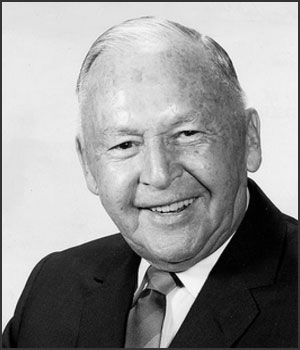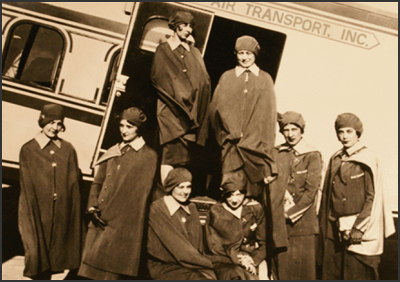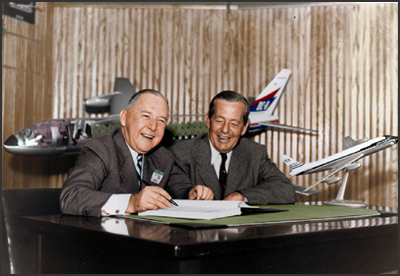The “Codex on the Flight of Birds” was written by Leonardo da Vinci 515 years ago. He said: “Once you have tasted flight, you will forever walk the earth with your eyes turned skyward, for there you have been, and there you will always long to return.” So true! Airline travel provides most of us with that beginning and end to every adventure. When we see a plane soaring above us, we wish we were there. Going somewhere. Anywhere!
Some travellers are emerging from the longest travel coma ever endured. Meanwhile, many of us still remain at home. Whether we are quarantined by a set of rules we never signed up for, or we have adopted a “wait and see” stance out of concern for our own personal safety, universally, all of us lament about when we will be able to fly as we once did, dreaming about new places to explore.
Our dreams are the kernel of our travel endeavours but I believe it is our “possibility thinking” that separates us from other aspiring travelers. It has given us the courage to explore and become mavericks of travel. But who were the original “possibility thinkers” who made our travels that much better and safer? Did they envision people like us?

This is the story about one such person; someone most of you may have never heard of, another maverick of sorts. He wasn’t the designer or inventor, but he was a meticulous businessman. His name was William A. “Pat” Patterson. Pat, as he preferred to be called, led United Airlines for more than thirty years from 1934 until 1966, by which time he had built the largest airline in the Free World.
Pat was born October 1, 1899 on a sugar cane plantation in Hawaii, and after his father passed away at a young age, his mother left for San Francisco while Pat attended a military academy in Hawaii. This was not for Pat, and so he persuaded a captain to give him carriage to San Francisco aboard the Annie Johnson, a cane sugar transport vessel, in exchange for working aboard as a cabin boy. Following a grueling 23 days at sea with fermenting sugar cane, where he frequently fed the fish, Pat eventually reunited with his widowed mother and attended high school for a short time
Pat was still not ready for school so he took an entry level position at Wells Fargo Bank as an office boy and graduated to teller. But he finally felt the need to enroll in night school, investing in his education. Pat was a hard worker and ascended the ranks to become a new loan officer.
One day in 1926, while every bank executive went to lunch, Pat was the only employee left to manage the business. The founder and president of Pacific Air Transport, Vern C Gorst, came into the bank to secure a $5,000 loan. Prepared to leave the bank, Vern was met by the affable Pat who was intrigued about Vern’s business.
On the spot, Pat helped Vern secure the loan, but he knew this was a risk, so he went out to Chrissy Field to see the Pacific Air Transport operation. With intentions to use the loan to retrieve an engine from a Swallow in the San Francisco Bay, Pat persuaded Vern to abandon that corrosive mission. Pat noted an excessive number of airline parts, asked the right questions and thought he could help Vern manage this better. So Pat went to work for Vern and helped him repay the $5,000 loan in full.
Passenger demand was non-existent; it was mail routes that created airline giants. However, airmail became cutthroat, and seeing a limited future for Vern’s company, Pat convinced Boeing Air Transport president, Philip G. Johnson, and CEO William E. Boeing to purchase Pacific Air Transport in 1929. This would lead to “Pat” becoming the assistant to the president of the new company, United Aircraft and Transport Corporation (UATC) out of Seattle

Pat made a name for himself early in 1930 when a young nurse by the name of Ellen Church pursued UATC to be a pilot. The San Francisco base manager rejected her initial application, but the idea was refined, presented to Pat, and he hired Ellen and seven more nurses to be stewardesses, to take care of his customers. In addition to being responsible for onboard customer care, stewardesses would assist with luggage, fueling, and even pushing aircraft
Airline consolidation was prevalent in the 1920s. By 1931, the four originals: Boeing Air Transport, National Air Transport, Pacific Air Transport and Varney Air Lines all flew under the new banner of United Air Lines, and Pat was appointed VP and General Manager of the new management company. A move to Chicago would be his final move; the city was the hub for the Mainliner route in the United States — connecting San Francisco to New York. Next time you fly on United Air Lines, ask the pilot if they know what the four stars on their cap represents — the four foundation airlines.
The airmail scandal in the early ’30s changed everything. Smaller carriers were squeezed out from bidding on lucrative routes, resulting in a senate investigation and shakedown that stripped airlines of their preferential mail routes. The Air Mail Act of 1934 banned common ownership of airlines and manufacturers. How did United Air Lines land on the right side of the knife and survive this? UATC divided their manufacturing into Boeing Air Transport and United Technologies, while the original four airlines “united” together and folded into present-day United Air Lines. Additionally, all previous airline leaders were to be stripped of their ability to ever lead another U.S.-based airline. This meant Philip G. Johnson was forced to resign.
Pat was seen as the most credible and honest choice to lead the airline and was appointed the first president of United Air Lines. During his tenure, he created a customer-centric “Rule of Five,” the gospel for every United personnel to focus on: Safety, Dependability, Passenger Comfort, Honesty and Sincerity.
After several flights to cities across United’s network, Pat quipped, “If I eat another chicken, I’ll grow wings.” Funny as that may sound, that led to the creation of the first flight kitchen, and hot meals would now be served. He took care of his customers and was among the first to present plaques for 100,000-mile achievements.

Pat said, “When you have an idea, hang on to it. It’s the most valuable thing in the world. Nurture it. Test it. And remember: you can grow a toadstool overnight, but it takes time to grow an oak.” This creed made the difference for us.
Pat knew customers would not board his airplanes in large numbers unless flying was made safer. He shocked the airline industry in 1936 when he dedicated a Boeing 247 to air safety research. This was the genesis of pioneering decisions to fund the creation of air-to-ground radio, wing deicer, airborne radar, autopilot and the first workable instrument landing system — Pat prioritized safety. Retired American Airlines pilot Frank Spencer was so thankful for Pat’s contributions, he donated $100,000 in 1978 to an award in Pat’s name.
Frank said, “Pat Patterson had an unusually deep interest in the welfare of his employees, and he knew practically all of them by name. He instituted the best pay scales in the industry for flight personnel, pension plans, scholarship programs, gifts for children born to employees and the United Foundation.” Pat created yearly awards for his staff and company picnics.
Pat knew business, he knew safety, and more than anything else, he knew people — incorporating his own values of honesty and sincerity that made him a respected leader. In July of 1976, Patterson was inducted into the Aviation Hall of Fame at Dayton, Ohio, and on June 13, 1980, Pat passed away peacefully. When I worked at United from 1994 until 2014, I always wondered what made this Chicago hometown airline such an amazing company to be part of. It really had its own personality. It always was and always will be because of Pat! The five foot four inch dynamo still lives in every part of the company — part of every good memory each of us have had when flying United. Thank you, Pat. We look forward to returning to your skies.
May your spirit soar forever!
